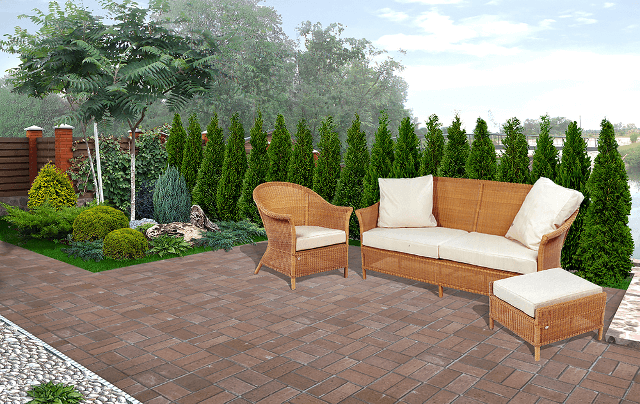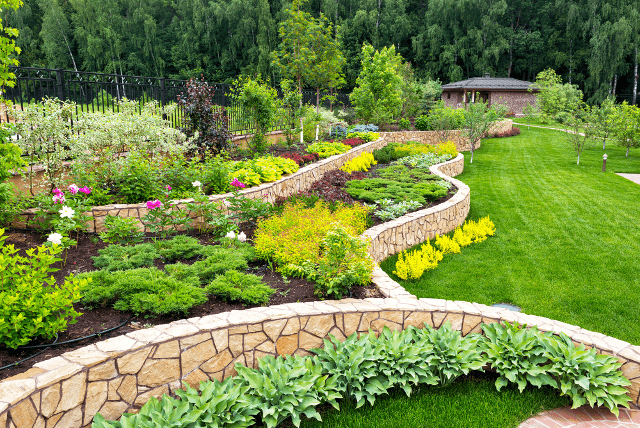Landscaping Ideas
For the person who wants to give their garden a face lift they have some options available to them. These options will range from simply adding new plants and other garden accessories to your garden to hiring landscaping firms. You could look at some landscaping ideas before you begin any major sweeping changes to your garden however.
By looking at these landscaping ideas first you have the ability at hand of seeing what items you might like to have in your garden. These ideas will also let you see how you can reasonably change your garden – no matter how big or small – into one which reflects your personality.
One of the best ways to finding good landscaping ideas is to look at magazines which deal with this area of gardening. You can also get lots of ideas for a great looking garden from exhibitions which are sponsored by landscaping firms. As these places are always on the lookout for new clients they will have the most current ideas and trends featured in their exhibitions.
There may be instances where you will have the opportunity of buying items which can help you develop an idea around which your landscaping ideas can develop. As the key to a great looking garden depends on how all of the items in the garden meld together you will need to think about where all of the items should be placed before you start transforming your garden.
This is vital for your landscaping ideas to come out in the way that you want. You can solidify the look of the garden by sectioning your garden out. This sectioning out can be done on a piece of paper or you could use one of the many landscaping software programs. These programs will allow you to see how various ideas can be incorporated together.
As the program will give you a rough working idea it is even better if you look at each part of the garden and see how you can change the garden’s look. Now if you feel like it you have the chance and ability of making sure that every bit of the garden shows some interesting item, feature or plant in the various seasons. This seasonal garden look is just one of the many landscaping ideas that you can try out.
There are many different landscaping ideas that you can try out. While many of these ideas may require you to spend loads of money there are others that you can try. These different landscaping ideas whether they are simple or complex ideas all have the same end goal in sight, and that is to make your garden look unique.





